Our history
As the Poet Laureate John Masefield once wrote, ‘There are few earthly things more beautiful than a university; It is a place where those who hate ignorance may strive to know, and where those who perceive truth may strive to make others see.’
Through our responsiveness to changing attitudes, and our commitment to changing lives, NTU exists to know and see, to learn and teach.
In his 2018 lecture, visiting speaker Professor William Whyte claimed that the history of NTU isn’t a straight line, but more a family tree: bold, intriguing, sometimes controversial, and occasionally even confusing!
NTU’s story is one of cultural, economic, and political changes; of ambitious local responses to pressing global questions. It is a tale of collaborations and partnerships, glimpsed across a journey that began over 175 years ago, in a rented house on Heathcote Street.
The early years - 1843 to 1945
As industrialisation accelerates across Europe, panic sets in over the waning influence of British designers and artisans. Responding to the need for better training and education, the Nottingham Government School of Design opens its doors, operating from a rented house on Heathcote Street. Students aged eight to 38 paying two shillings a month to attend, with growing numbers requiring a move to new premises in Commerce Square.
Still expanding, the School relocates to the iconic Waverley Building - one of the UK’s first purpose-built art schools. You can learn more in our report on the history of the Waverly building and its funding links to historical slavery.
The 1867 Paris Exhibition reawakens fears that Britain is losing cultural and economic ground, with a Royal Commission on technology and scientific development urging the provision of better training. The University College of Nottingham is established in 1881, in the brand-new Arkwright building. Opened by Prince Leopold and costing £100,000, Arkwright is declared “the finest pile of buildings in Nottinghamshire”. Including a public library and natural history museum, it kick-starts a cultural renaissance in the city.
Initially, the College comprises four lecturers specialising in literature, physics, chemistry, and natural science. In the following years, it expands to include dedicated departments for engineering, classics and philosophy, French, education, mining, economics, geology, geography, history, and pharmacy. Many remarkable discoveries take place inside the walls of Arkwright, including the development of silicone by Professor Frederick Kipping.
Donations from local entrepreneur Jesse Boot (the driving force behind The Boots Company) enable the University College to break free of its funding ties to the Corporation of Nottingham. The College announces its intention to grow into a regional university, which “serves the whole of the East Midlands.” Boot also gifts land on the out-of-town Highfields site, which the University College relocates to.
Opened by King George V on July 10, this new location enables the College to attract world-famous lecturers like Albert Einstein, H. G. Wells, and Mahatma Ghandi.
The Nottingham Government School of Design - now renamed the College of Art - is firmly established as one of the UK’s preeminent art schools.
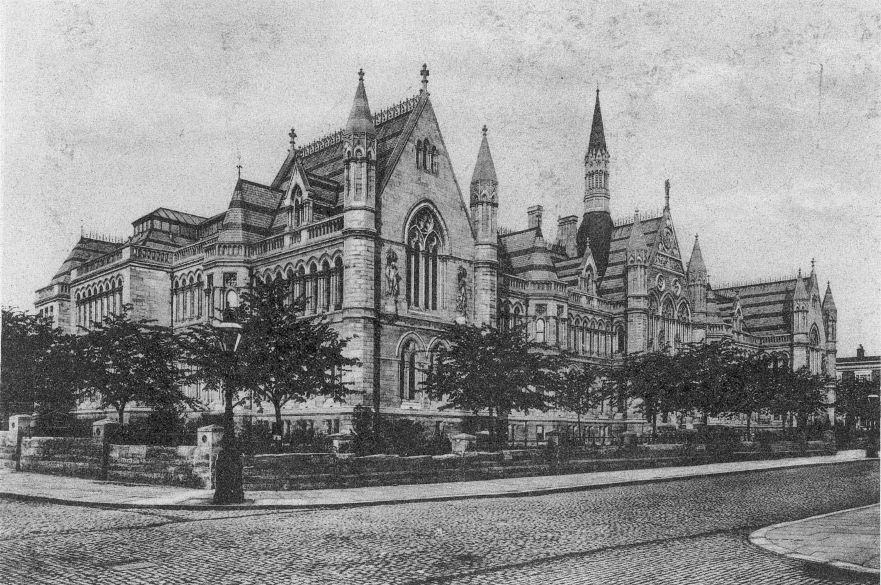
The Arkwright Building
Higher education, reimagined - 1945 to 1965
After the relocation of the University College, the Arkwright building is heavily damaged during wartime bombing raids. Restored by the Council, it becomes home to the Nottingham and District Technical College. This new initiative reflects the findings of the Barlow Report, which states that “the nation urgently needs the greatest possible number of highly educated men and women” (one of the first government papers that acknowledges the possibility of ‘highly educated women’).
With the University College of Nottingham now inaugurated as the University of Nottingham, the goal of this new Technical College is to develop the regional economy with a steady flow of designers, technologists, and engineers.
Responding further to Barlow’s report, the Nottinghamshire Farm Institute (Brackenhurst) is opened, aiming to provide farmers and agricultural workers with new scientific skills.
A new centrepiece for the Nottingham and District Technical College - the towering, ultra-modern Newton building - is opened, to accommodate the 7,000 students who are now attending. With its iconic Portland stone façade, national newspapers are dazzled by Newton’s “seven acres of floor space… 1,649 stairs… 13,000 panes of glass… and no fewer than 170 classes held each evening, using up to 20 sticks of chalk per lesson.”
Because of ‘the bulge’ (the post-War baby boom) and ‘the trend’ (for students to stay in education after school), expansion almost forces the Technical College to relocate, just like the University College before it. To aid expansion, the Nottingham Regional College of Technology is founded on an adjacent site.
The Nottingham College of Education (Clifton) opens, with a specialised focus on teacher-training.
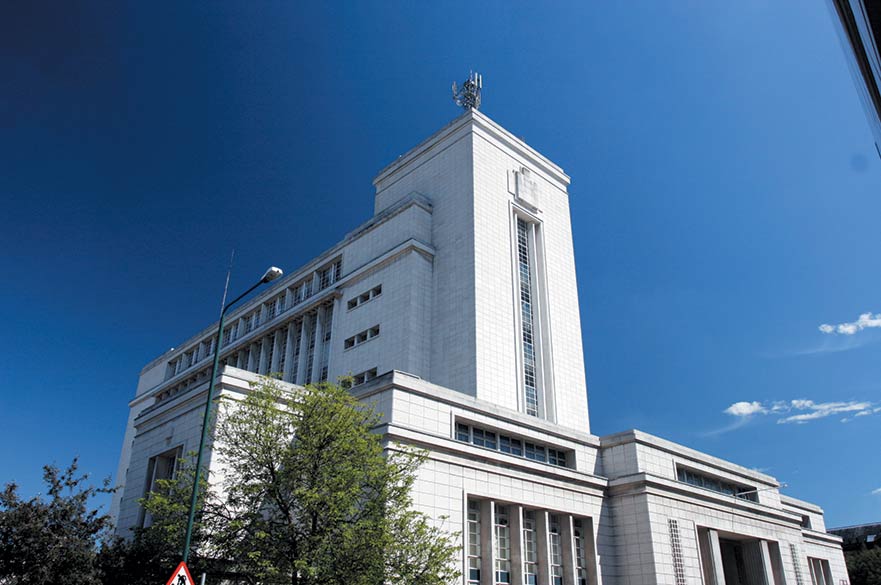
NTU's Newton Building
Birth of the polytechnics - 1965 to 1991
The Secretary of Education proposes the introduction of ‘polytechnics’ - institutions dedicated to teaching and technology. This policy reflects the growing demand for vocational and professional courses, the need for alternative education providers, and the belief that the world’s markets are moving towards technical expertise. Despite great resistance at both institutions, plans are made to merge Nottingham and District Technical College with the College of Arts and Crafts.
Overseen by director Ronald Hedley, Trent Polytechnic is inaugurated - a regional seat of technical learning funded by councils in Nottingham, Nottinghamshire, and Derbyshire. Trent is one of the first polytechnics to be approved, and grows rapidly into one of the largest in the country. Junior Minister of Education William van Straubenzee declares that: “The opportunity is here in Nottingham to develop this polytechnic into a major higher education institution, with a fine national reputation, yet firmly based on the character and needs of the region.”
Trent Polytechnic merges with the Nottingham College of Education in Clifton. Trent has now become a major regional employer, while attracting students from further and further afield; plans are announced to accommodate these students in purpose-built halls of residence on Hampden Street.
After breaking free of Council control, Trent Polytechnic is renamed and rebranded as Nottingham Polytechnic. It quickly becomes the most popular polytechnic in the country, receiving more applications than most universities in the UK, and attracting students from all around the world.
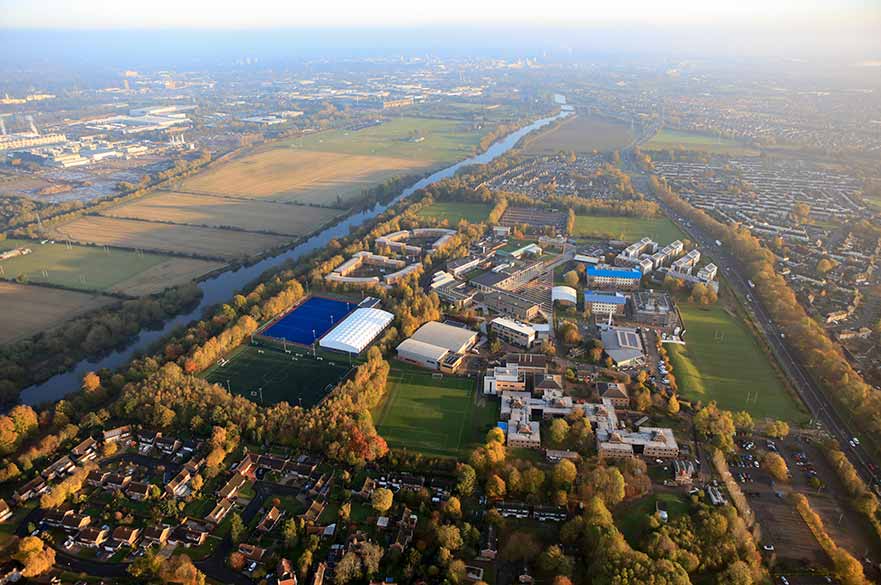
An aerial view of Clifton Campus
Establishing Nottingham Trent University - 1991 to 2008
The Government announces that polytechnics can now apply for university status. The decision is driven by local MP and Secretary of State, Kenneth Clarke, and Nottingham Trent University is officially chartered in 1992. Other names that are considered include Nottinghamshire University, Nottingham Sherwood University, Nottingham Robin Hood University, the City of Nottingham University, and Nottingham Brian Clough University.
Professor Ray Cowell is appointed as the University’s first Vice-Chancellor.
The Farming Institute at Brackenhurst is absorbed into NTU, becoming the University’s third campus. An investment programme is quickly announced to enable development.
Professor Neil Gorman replaces Professor Ray Cowell as the University’s Vice-Chancellor.
Legendary broadcaster, journalist and author, Sir Michael Parkinson CBE, is appointed as the University’s first Chancellor.
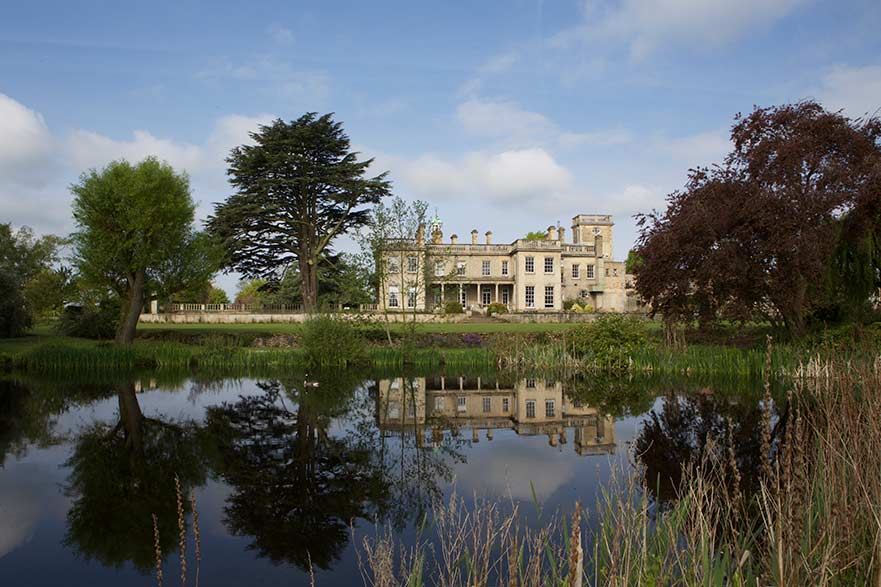
Brackenhurst Campus
Investment, awards and accolades - 2009 to present
Having received his honorary degree in 2007, local golf legend and two-time PGA Tour-winner Lee Westwood opens the new sports centre on the Clifton Campus. It quickly becomes the epicentre of sporting life at NTU, and a key foundation of the University’s successes in the intermural BUCS league.
Sir David Attenborough re-opens the Newton and Arkwright buildings, following an extensive £90 million refurbishment.
Sebastian Coe - Olympic champion and the face of the London 2012 Games - opens the new Students’ Union building on the City Campus, which includes a multi-level gym, stylish accommodation, and dedicated office space for Union reps.
Professor Edward Peck succeeds Professor Neil Gorman as NTU’s third Vice-Chancellor.
NTU purchases the Confetti Media Group, and the ‘Creative Quarter Campus’ becomes NTU’s fourth site. Through this exciting partnership, the University begins offering degree courses in emerging digital fields like videogame art, visual effects, music technology, and live events production.
A multi-million-pound redevelopment of the Clifton Campus is completed, with new spaces and facilities including the Pavilion building, The Refectory, the Teaching and Learning building, and a landscaped central plaza. These developments are swiftly followed by the high-spec Engineering building, the Medical Technologies Innovation Facility, and the Health & Allied Professions Centre.
The University receives its first Queen's Anniversary Prize - the highest national honour for research excellence. The award recognises NTU’s research into public safety and security.
NTU wins ‘UK University of the Year’ at the Times Higher Education Awards.
Sir John Peace replaces Michael Parkinson as Chancellor.
In its 175th year, NTU is named ‘Modern University of the Year’ by The Times and Sunday Times Good University Guide.
Nottingham Trent is named ‘University of the Year’ at The Guardian University Awards.
Following the opening of the £6.5m University Centre at Vision West Nottinghamshire College, the University unveils ‘NTU in Mansfield’, providing foundation degrees and creating new opportunities across the region.
NTU becomes the first UK university to sign the Social Mobility Pledge, and is named one of the world’s most sustainable universities in the UI GreenMetric rankings.
The University receives a second Queen's Anniversary Prize for its world-leading research into cultural heritage.
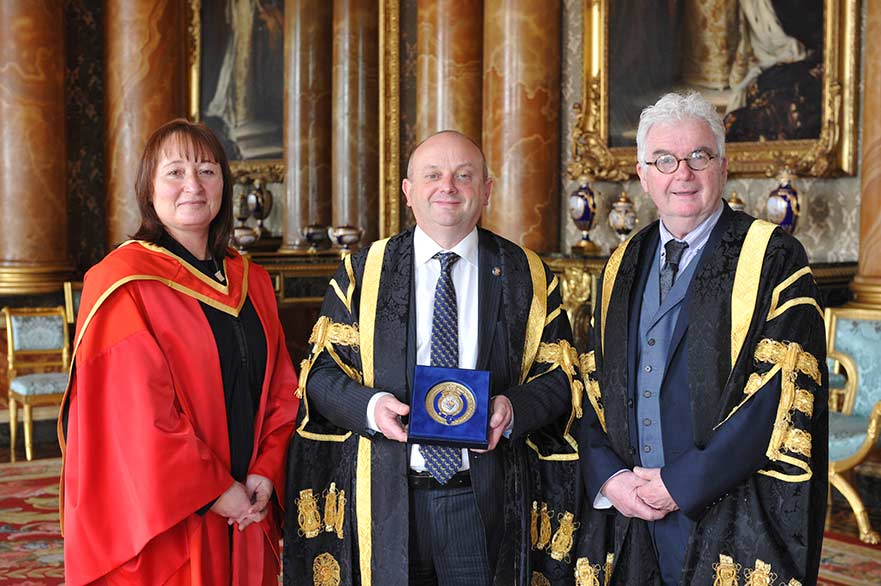
NTU's Vice-Chancellor, Edward Peck, receiving the Queen's Anniversary Prize
Today, Nottingham Trent University has earned a global reputation for its exemplary standards in applied, industry-focused teaching and learning. That heritage has developed over two centuries, through each new collaboration, in every new building, and across a range of bold decisions. Even as the landscape changed, we retained our focus on developing skills, knowledge, and innovation, whilst accommodating education’s emerging needs: things like inclusivity, internationalism, and sustainability.
NTU remains a key player in answering questions as relevant now as they were in the first days of the Nottingham Government School of Design. Our buildings and campuses may have changed over the years, but our ethos and passion remain the same.